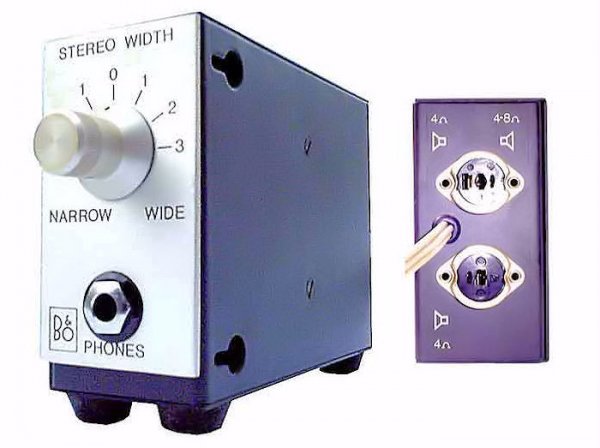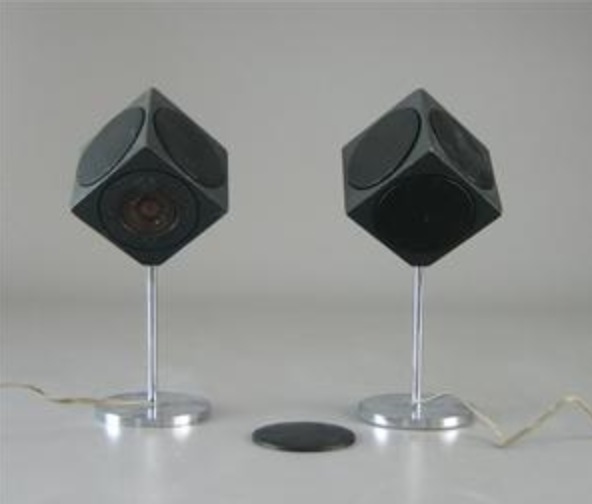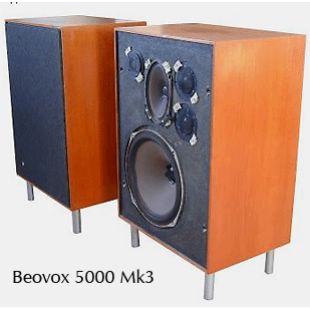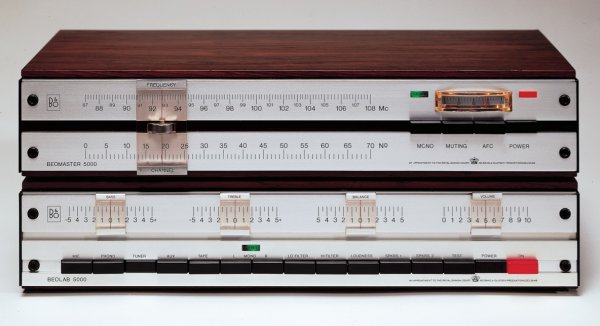I have a particular fascination for the Beolab 5000 amplifier from B&O, made from 1968-1972. It is solid state and had L/C/R output (The center channel not being a true source-input center).
You've seen it in Kubrick's Clockwork Orange. I have two of those, completely refurbished to factory new standard inside and out.
It came with an optional "Stereo Spread Unit." This unit was effective because the L/R channels are in antiphase on this amplifier. Audiophiles would buy two, and use them as separate mono amplifiers, they would then deliver 2x120W, which was a miracle back in 1968. (B&O contracted with Thorens for a bespoke TD124/IIs to be used with the amplifier.)
From BeoCentral:
The two channels operated in phase opposition. This was done by including a unity-gain phase inverter in one of the power amplifiers. Correct phasing was then restored by simply reversing the wiring to the loudspeaker sockets of that channel. Not only did this allow the Beolab 5000 to be easily used as a really powerful mono amplifier, it also improved the quality of stereo reproduction by evening out the loading on the power supply. The only downside to this arrangement was that a headphone socket could not be easily included, though the accessory “stereo spread unit” included one by the use of a transformer. The power supply section of the Beolab 5000 was also unusual because it provided a number of fully stabilised voltages for the various sections of the amplifier, including the power output stages. Such was the requirement for power for this latter function that two large transistors had to be used in parallel.
The stereo spread unit allowed users to dial in their preferred soundstage width and perceived depth.
Back then, it sold for £7 in the UK.
It is a phenomenal amp, made when B&O was putting a lot of effort into R&D. The dedicated loudspeakers also had specially developed high frequency range separates. Coupled with the large main speakers, two of these assist the soundstage depiction considerably.
The stereo spread unit:

The high-frequency speakers, with six tweeters.

Would be connected to these main speakers. When connected, the high-frequency information would go to the cubes.

The amp and tuner.






